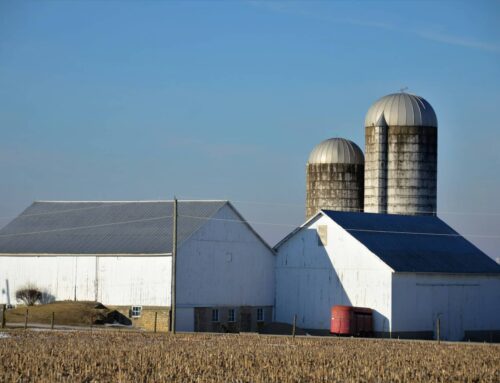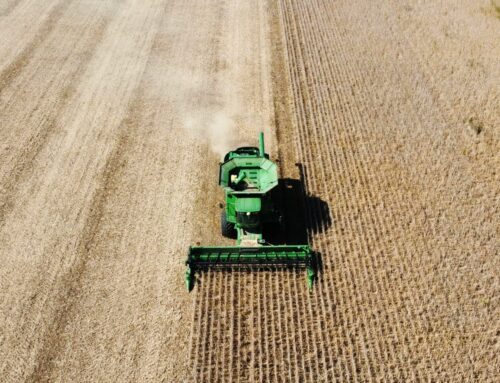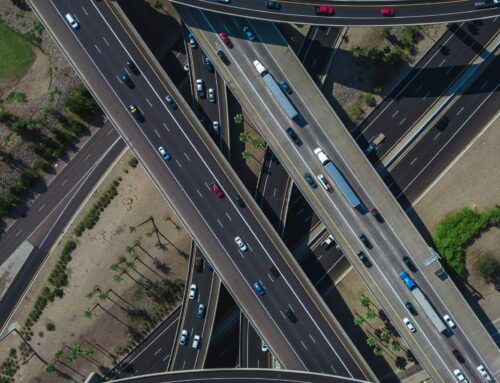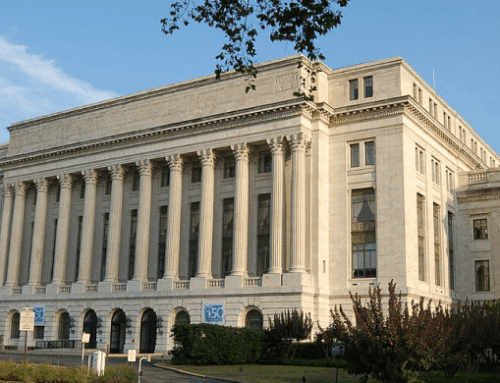Prior Presidential Administrations proposed common sense reforms to farm subsidy and crop insurance programs. In his FY25 budget request, however, President Biden again failed to propose any taxpayer savings in U.S. Department of Agriculture (USDA) programs that subsidize the incomes of farmers. Instead, the FY25 budget requests an additional $825 million to be spent from FY25-34 on cover crop incentives within the already highly subsidized federal crop insurance program.
View a summary in Table 1 of past proposals by USDA to rein in taxpayer spending on various farm programs vs. the most recent budget proposals, which fail to contribute to bipartisan efforts to close farm subsidy loopholes:
|
Table 1: Proposed Savings from Reforms to USDA Farm Subsidy Programs in President’s Budget Requests |
||||
| Proposed Reforms to Farm Safety Net Programs |
Savings in FY2019 Budget Request |
Savings in FY2020 Budget Request | Savings in FY2021 Budget Request |
Savings in FY2022-FY2025 Budget Requests |
| Limit subsidy eligibility to $500,000 Adjusted Gross Income (AGI), down from $900,000 currently |
$1.125 billion for commodities, $.724 billion for crop insurance |
$1.306 billion for commodities, $.641 billion for crop insurance | $1.306 billion for commodities, $.650 billion for crop insurance |
None |
| Eliminate lower priority Farm Bill programs |
$.958 billion |
$.936 billion | $1.017 billion |
None |
| Tighten commodity payment limits & close subsidy loopholes |
$1.348 billion |
$1.348 billion | $1.348 billion |
None |
| Eliminate Livestock Forage program |
$4.483 billion |
$7.819 billion | $5.040 billion |
None |
| Rescinding Ability to Collect Duplicative Assistance | $.360 billion |
None |
||
|
Total Proposed 10-Year Savings |
$9 billion | $12 billion | $10 billion |
None |
Similarly, past Administrations – both Democratic and Republican – agreed numerous changes could be made to the federal crop insurance program without impacting the actuarial soundness of the highly subsidized program. Past crop insurance reform proposals in budget requests, versus the Biden Administration’s more recent lack of proposed reforms, include the following in Table 2:
|
Table 2: Proposed Savings from Highly Subsidized Crop Insurance Program in President’s Budget Requests (Obama through Biden) |
||||
|
Budget Request |
FY2015 Request | FY2017 Request | FY2021 Request |
FY2022-25 Requests |
| President | Obama | Obama | Trump |
Biden |
| Reduce subsidy for private crop insurance company rate of return |
$1.2 billion |
Included in 2015 Bipartisan Budget Agreement but reversed in FAST Act ($3 billion) | $2.818 billion |
Not Proposed |
| Reduce A&O crop insurance company subsidies |
$2.9 billion |
Not Proposed | Not Proposed |
Not Proposed |
| Rescind the authority for funding a crop insurance pilot program for wild salmon |
$10 million |
Not Proposed | Not Proposed |
Not Proposed |
| Decrease the subsidy on basic catastrophic crop insurance policies |
Not Proposed |
Not Proposed | Not Proposed |
Not Proposed |
| Decrease by 3 percentage points the subsidy for buying highly subsidized crop insurance policies |
$3.8 billion |
Not Proposed | Not Proposed |
Not Proposed |
| Decrease subsidy for buying crop insurance for producers who elect greater price protection (HPO) |
$6.3 billion |
$16.9 billion | Not Proposed |
Not Proposed |
| HPO subsidy reduction of 15% & across-the-board reduction (other than catastrophic crop insurance coverage) of 10% |
Not Proposed |
Not Proposed | $21.397 billion |
Not Proposed |
| Tighten the rules regarding payments for prevented plantings |
Not Proposed |
$1.1 billion | Not Proposed |
Not Proposed |
| Limit crop insurance eligibility to $500,000 AGI |
Not Proposed |
Not Proposed | $0.652 billion |
Not Proposed |
| Eliminate the crop insurance 508(h) program |
Not Proposed |
Not Proposed | $0.120 billion |
Not Proposed |
| Total Proposed 10-Year Savings |
$14.2 billion |
$18 billion | $25 billion |
$0 |
Many reforms to programs in the farm bill, which is up for reauthorization this year, have also been recommended by the Government Accountability Office (GAO). A summary of farm subsidy reforms can be found here, and a recent GAO crop insurance report can be found here.
Administrations dating back to President Bush have highlighted farmers’ support of reining in wasteful farm subsidies flowing to some of the largest producers and landowners in the country. Former USDA Secretary Mike Johanns, who hails from Iowa and served as Governor and Senator from Nebraska, said the following on July 27, 2007:
“… I am enormously grateful for that “Prairie Wisdom” conveyed to us by farmers and ranchers during our farm bill forums. The Administration listened very carefully and submitted a farm bill proposal based upon that Prairie Wisdom. We called it “America’s Farm Bill,” and that wasn’t accidental. After all, it was farmers who pointed out to us that the current safety net fails them when they need it the most. They even told us we sent them checks when they needed it the least.”
At the time, President Bush and Secretary Johanns proposed reining in farm subsidies to individuals earning more than $200,000 annually in Adjusted Gross Income (AGI). According to a May 2008 White House fact sheet,
“The United States’ booming farm economy makes it impossible to justify further increasing subsidy rates and establishing additional subsidies for some crops. With rising food prices and farm income at an all-time high, Congress should not be looking to increase the burden on taxpayers by forcing them to further subsidize the part of our economy that is setting records.”
The story is the same today: some Members of Congress are asking for more government handouts in the form of subsidies for a handful of commodity crops – corn, soybeans, wheat, cotton, peanuts, and rice. With the farm economy coming off years of record and near-record income, it’s time Congress heeded farmers’ advice to cut extravagant subsidies for individuals who do not need them. GAO recently found unlimited subsidies flowing to millionaires and billionaires. This must end.










